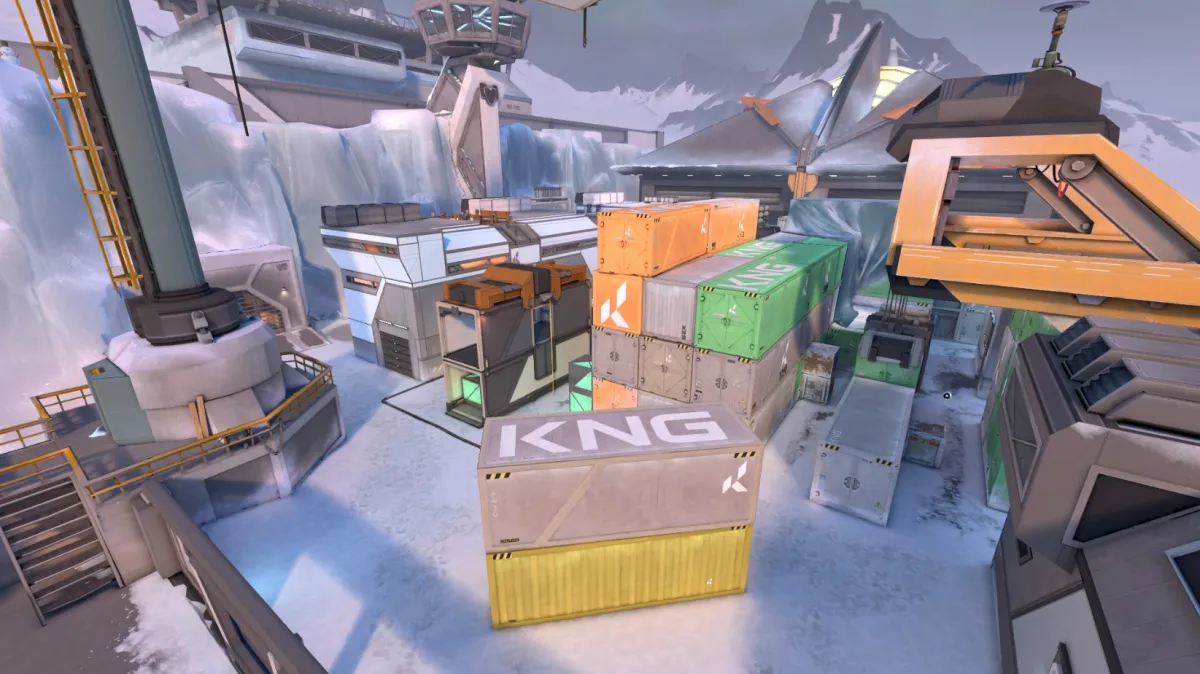Riot Games, developer of Valorant, has addressed the issues with Rank Rating distribution in their latest Ask Valorant.
Valorant has been continuously tweaking its competitive system since the game was released almost a year ago. Since then, we have seen adjustments to placements, rank tiers and the distribution of Rank Rating. RR was recently added to Valorant’s competitive queue to replace the infamous arrows that used to show progress. Instead of these arrows, Valorant went with a style like its counterpart, League of Legends, with number progressions.
RR is still a relatively new system for Valorant, as it was only introduced in the latter half of the last Episode. However, the recent switch from Episode 1 to Episode 2 has cause some players frustration with their ranks. Before, players could gain between 20 to 30 RR for a victory depending on several in-game performance factors. On a loss, players would usually lose between 15 to 22 RR but almost always gained more than they lost. That has not been the case since the recent switch between Episodes. Now, players gain between 17 to 23 RR and lose between 25 to 30 depending on in-game factors.
Valorant Rank Rating now based on your MMR
Valorant explains their MMR system as a fluid system that can potentially change substantially from game to game. Therefore, they have made MMR slightly different from visible rank and current RR. That way, Riot Games can make sure that players aren’t experiencing wild swings in their rank or instantly being demoted after promotion. The instantly demote after promotion factor was a big issue in the first Episode. This saw players promote and demote at the same rank multiple times in one day depending on the matches.

If a players ends up with a rank that is perceived to be above their MMR, the system will attempt to push them back to their intended rank. This is what losing more RR on a loss and gaining less on a win looks like. Since most players are experiencing this shift in rating between the Episodes, Valorant has explained a way to fix this. Players can fix your MMR by winning more matches than the players above them that are around their current MMR. Essentially, if the player continues to be better than those at their MMR, then they will be grained with RR. If they fail to prove themselves at their rank, then the system will begin to push them down the ladder.







